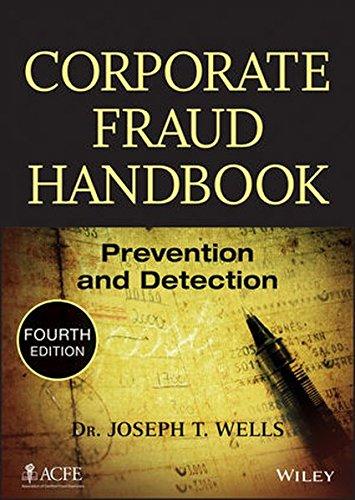Question
1.The interest-coverage ratio is calculated as a) net income + taxes interest - depreciation) interest. b) (net income taxes interest depreciation) interest. c) net income
1.The interest-coverage ratio is calculated as
a) net income + taxes interest - depreciation) interest.
b) (net income taxes interest depreciation) interest.
c) net income + taxes + interest + depreciation) interest.
d) net income + interest + depreciation) interest.
2. All of the following transactions lead to temporary timing differences except
a) the use of straight-line depreciation of accounting purposes.
b) the recognition of dividend income for dividends received from another Canadian company.
c) the use of estimated warranty costs for calculating warranty expense.
d) all of the other answers lead to temporary timing differences.
3. If a bond is trading at 103 the
a) the interest expense is less than the interest payment.
b) the interest expense is equal to the interest payment.
c) the interest expense is greater than the interest payment.
d) the interest expense cannot be determined.
4. Which of the following statements concerning pensions is correct?
a) The accounting for a defined contribution plan is more complex than for a defined benefit plan.
b) Defined benefit plans offer a retiree more security than defined contribution plans.
c) Pension funding must always equal the pension expense.
d) The employee will forfeit vested pension contributions if he/she is terminated.
5. Off-balance sheet financing occurs for all leases.
a) True
b) False
Step by Step Solution
There are 3 Steps involved in it
Step: 1

Get Instant Access to Expert-Tailored Solutions
See step-by-step solutions with expert insights and AI powered tools for academic success
Step: 2

Step: 3

Ace Your Homework with AI
Get the answers you need in no time with our AI-driven, step-by-step assistance
Get Started


